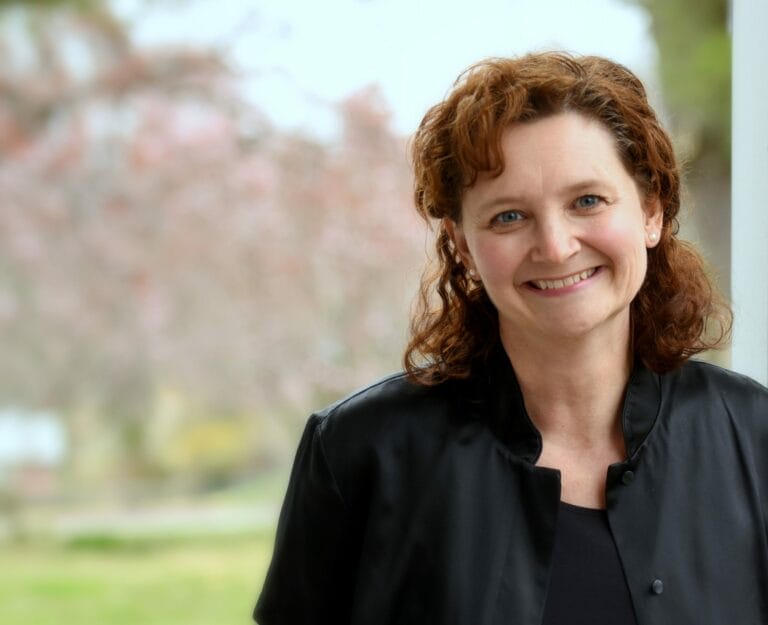
Cindy H., M.S., CCC-SLP, started her studies at the University of Missouri, Columbia (Mizzou), and later transferred to Southern Illinois University where she finished her B.S. and M.S. degrees in 1995 and 1997. Cindy worked as an SLP in “brick & mortar” schools for 15 years initially and has now been a provider with PresenceLearning for seven years.
How has the PL online platform enabled you to help your students and the schools you serve in new ways?
The PL platform provides me with a wealth of organizational tools which enable me to utilize my time efficiently. I can access my student schedule quickly and view it in varied formats to suit my needs, making scheduling or rescheduling easy. The platform allows me to organize my teaching materials in categories which make sense to me personally. This way, I can have individualized lessons at my fingertips, and quick access to additional materials to support the direction that any session may turn for those teachable moments. Our system allows me to collect data during the session, calculating the accuracy levels and comparing them for three-month trends immediately. When an SLP can be this efficient, the sessions go more smoothly and are more productive.
Can you tell us a little about how you collaborate with teachers and other school staff members?
Most of my teacher and school staff collaboration is conducted via email. The email communications become a paper trail to help me remember what I’ve said to whom and on which date. I also find it helpful to look back through the emails when I need to gain perspective or see the big picture. Whenever I think a conversation is sensitive or lengthy, I prefer to email the teacher first, but then ask them when would be a good time for us to call and chat.
How do you build trust and rapport with parents?
My first step toward building rapport with parents is to send home a newsletter at the start of the school year providing my contact information. If English isn’t the parents’ first language , I’ll have it translated into the home-based language. In addition to the newsletter, I take the time to make an occasional call home.
I think it’s extremely beneficial to explain the in’s and out’s of speech and language to the family. Families who understand why we are doing what we are doing are always going to be the greatest factor in seeing our students make progress. My favorite feeling is when a parent comes to an IEP meeting excited to share about the positive changes they’ve seen at home.
What advice would you give districts considering online therapy?
I would ask them to consider the efficacy of this service provision model, not only in terms of what’s best for the student, but also in terms of what’s going to be cost-efficient for the district and the taxpayers.
Often, the traditional service looks like six students sitting at a table, sharing the SLP’s attention for 30 minutes minus the minutes it takes to walk to and from therapy. In that setting, a mild-moderately impaired student typically needs 60 weekly minutes for 3-5 years before they can “graduate” from speech therapy.
Compare this to the teletherapy model, where the student can be seated at the appointment time and log out 30 minutes later (30 minutes being just a typical example). The sessions are generally one-to-one, with grouping of 2-3 for the students who handle that well. The students are fully engaged with the technology and visuals we provide for the full 30 minutes. This level of being fully invested in our interaction, without distraction and interruption, raises the quality of the therapy by leaps and bounds.
The coming year will be my 22nd year as an SLP and my 7th year providing speech and language therapy via teletherapy with PresenceLearning—I’m still in awe over how quickly my students are exiting the program in comparison. I can’t emphasize this enough. It’s so exciting to watch students whom you predicted would need your help for many years, turn the corner and meet all of their goals after only having an IEP for a year or two. Of course, there are many more severely impaired students who will need to continue services through the continuum of their educational years, but the accelerated rate of progress we are seeing also holds true for them.
Are you interested in learning more?
Click here to request a consultation with one of our School Partnership team members.



